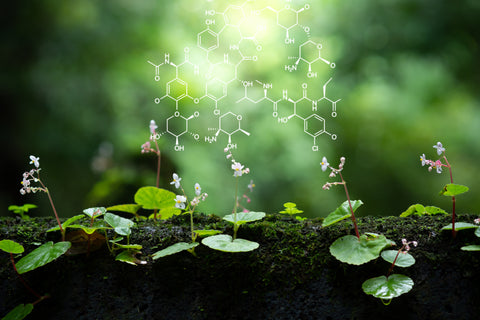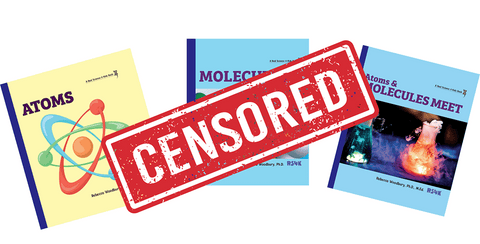When we think about biology, we often picture vibrant ecosystems, diverse organisms, and the intricate web of life. However, at the heart of all these biological phenomena lies chemistry. Chemistry is the science that explains the composition, properties, and interactions of matter, and it is foundational for understanding the processes that sustain life. One of the most compelling examples of this is photosynthesis, the process by which plants convert light energy into chemical energy.
What is Photosynthesis?
Photosynthesis is a process used by plants, algae, and some bacteria to harness energy from sunlight and convert it into chemical energy stored in molecules of glucose (a type of sugar). This process not only fuels the growth and development of these organisms but also produces oxygen, which is essential for the survival of most life forms on Earth.
The Role of Chemistry in Photosynthesis
To understand how photosynthesis works, we need to delve into the chemistry that drives this process. Photosynthesis can be broken down into two main stages: the light-dependent reactions and the light-independent reactions (also known as the Calvin cycle).
1.Light-Dependent Reactions
These reactions occur in the thylakoid membranes of the chloroplasts, the specialized organelles in plant cells where photosynthesis takes place. Here’s a simplified breakdown of the chemistry involved:
- Absorption of Light: Chlorophyll, the green pigment in plants, absorbs light energy, primarily from the blue and red wavelengths of the light spectrum. This energy excites electrons in the chlorophyll molecules.
- Water Splitting: The absorbed light energy is used to split water molecules (H₂O) into oxygen (O₂), protons (H⁺), and electrons. This reaction is crucial because it provides the electrons needed for the next steps and releases oxygen as a byproduct.
- Energy Conversion: The excited electrons travel through a series of proteins embedded in the thylakoid membrane, known as the electron transport chain. As they move, they help convert light energy into chemical energy, forming two important molecules: ATP (adenosine triphosphate) and NADPH (nicotinamide adenine dinucleotide phosphate). These molecules store energy and are used in the next stage of photosynthesis.
- Light-Independent Reactions (Calvin Cycle)
The Calvin cycle takes place in the stroma, the fluid-filled space surrounding the thylakoids in the chloroplasts. This stage does not require light and uses the chemical energy stored in ATP and NADPH to convert carbon dioxide (CO₂) into glucose. Here’s how it works:
- Carbon Fixation: CO₂ from the atmosphere is attached to a five-carbon sugar that forms a six-carbon compound that quickly splits into two three-carbon molecules.
- Reduction Phase: The ATP and NADPH produced in the light-dependent reactions provide the energy and electrons needed to convert these three-carbon molecules into a three-carbon sugar called glyceraldehyde-3-phosphate (G3P).
Why Chemistry is Essential for Understanding Photosynthesis
Photosynthesis is a prime example of how chemical principles underpin biological processes. Here are a few reasons why chemistry is essential for understanding photosynthesis:
- Molecular Interactions: Chemistry explains how molecules like chlorophyll absorb light and how enzymes facilitate the conversion of CO₂ into organic molecules.
- Energy Transformation: The conversion of light energy into chemical energy involves complex chemical reactions that can only be understood through the principles of chemistry.
- Biochemical Pathways: The Calvin cycle and the electron transport chain are biochemical pathways that rely on chemical reactions to produce and utilize energy.
In summary, chemistry provides the foundation for understanding the intricate processes that sustain life. Photosynthesis, a process that fuels the growth of plants and produces the oxygen we breathe, is driven by a series of chemical reactions. By studying these reactions, we gain a deeper appreciation of the molecular mechanisms that make life possible. So, the next time you see a green leaf, remember that its ability to capture sunlight and convert it into energy is a marvel of chemistry at work.





Comments (0)
There are no comments for this article. Be the first one to leave a message!